Preferential policy
Recently, General Secretary To Lam signed and issued Resolution No. 71-NQ/TW on breakthroughs in education and training development. Mr. Dang Quoc An - Principal of Tran Nhan Tong High School (Mao Khe, Quang Ninh) expressed his satisfaction when the Resolution mentioned a number of rights of teachers (including managers and teachers), even "covering" school staff.
Accordingly, preschool and primary school teachers will receive a minimum vocational allowance of 70%. Staff in preschool and primary education facilities will also receive a minimum preferential allowance of 30%. Teachers working in particularly difficult areas such as border areas, islands, and ethnic minority areas will receive preferential allowances of up to 100%.
“This is an excellent policy to increase motivation, retain good teachers and attract more capable people to the profession,” Mr. Dang Quoc An expressed and was happy that the Resolution encourages talented people outside the education sector to participate in teaching and training at educational institutions.
It is possible to build a mechanism to implement a co-tenant lecturer regime for outstanding individuals working at public service units, encouraging talented people to preside over scientific research activities in educational institutions.
According to the Principal of Tran Nhan Tong High School, Resolution No. 71-NQ/TW strengthens autonomy for higher education and vocational education institutions, creating a favorable environment for lecturers and teachers.
Ensure full and comprehensive autonomy for higher education and vocational education institutions, no longer bound by the level of financial autonomy. Schools are allowed to decide on their own staffing, recruitment standards, and appointment of professors, associate professors, and other teaching positions according to international standards and in accordance with Vietnam's practical conditions. Schools also have the right to recruit, hire lecturers, and appoint leaders, including talented people from abroad.
From the perspective of a manager of a non-public high school, what Mr. Dang Quoc An appreciates most is that, in the guiding viewpoint, in section I.6 of the Resolution, it emphasizes: "Public education is the pillar, non-public education is an important component of the national education system".
This has affirmed the important position of non-public education in the national education system, creating a strong spiritual motivation for non-public educational institutions because they are recognized as serious partners, accompanying the national goals of education.
In addition, another idea I like is in section III.2 on the tasks and solutions, the resolution identifies: “Prioritize clean land funds, allow flexible conversion of land use purposes to educational land; focus on site clearance, allocate clean land for educational and training projects. Do not collect land use fees, reduce land rent and land tax for domestic educational institutions.
Do not apply corporate income tax to public educational institutions and private educational institutions operating not for profit”, “Build strong enough mechanisms and policies to encourage organizations and enterprises to invest in education and training development; promote public-private partnership; expand cooperation and linkages between higher education institutions, vocational education institutions, research institutions, organizations and enterprises at home and abroad; prioritize credit capital for education and training development projects. Build a legal framework to form a funding fund for educational institutions to mobilize community capital”.
This is an important policy that significantly reduces costs, thereby helping private schools invest more heavily in facilities, staff, digital transformation, improving the quality of teaching and educational activities, and at the same time being able to implement many community-oriented programs.

Proposing 6 solutions to bring the Resolution into life
In order for Resolution 71-NQ/TW of the Politburo to soon come into effect and be effectively implemented, Mr. Dang Quoc An proposed that there should be synchronous, drastic and practical solutions from the central to local levels, from management agencies to each educational institution.
Firstly, specify with clear and synchronous legal policies: Review, amend and promulgate new laws, decrees and circulars to institutionalize the contents of the Resolution, especially on financial mechanisms for non-public education, educational autonomy and accountability, specific mechanisms to attract talent, teacher salary reform, etc. This creates a transparent and solid legal corridor for the implementation process.
Second, increase budget investment and mobilize socialization: Allocate public budget effectively, prioritize breakthroughs; issue mechanisms to encourage businesses and individuals to invest in education such as credit incentives, investment guarantees, public-private partnerships; Support non-profit private schools to access preferential loans, clean land, and cheap public services. This will solve the problem of lack of resources, promote investment in quality education.
Third, promote decentralization and give real autonomy: Give more power to educational institutions in enrollment, recruitment, program development, international cooperation, and finance. At the same time, establish a transparent monitoring and inspection mechanism associated with accountability. This will stimulate initiative and creativity at each educational institution, maximizing the resources of each locality.
Fourth, develop and improve the quality of the teaching staff: Have a roadmap to reform salaries and benefits for teachers. Build a flexible, regular training system through online and lifelong learning. Improve the assessment and classification of teachers based on their capacity and actual results.
Fifth, promote digital transformation and innovation in educational technology: Complete the technological infrastructure for schools, promote digital transformation, build a national lifelong learning platform associated with a nationwide shared open learning resource warehouse. This will increase teaching and learning efficiency, personalize learning, and narrow regional gaps.
Sixth, strong communication, creating high consensus of the whole society: Strengthen communication to clearly explain the content, goals, and benefits of Resolution 71 to each citizen, teacher, student, parent, etc. This will create trust, consensus, and social pressure to speed up the implementation progress.
"It can be said that the most important solution is to change the mindset and way of doing things from management levels to the grassroots, shifting from administration to service, from control to support, from command to facilitation. Only when leaders at all levels are determined to implement, teachers, students and the whole society clearly understand their roles, rights and join hands, then Resolution 71-NQ/TW can truly create a breakthrough in education and training as the set goal" - Mr. Dang Quoc An.
Source: https://giaoducthoidai.vn/nghi-quyet-so-71nqtw-thu-hut-va-giu-chan-giao-vien-gioi-post746198.html



![[Photo] General Secretary To Lam attends the opening ceremony of the National Achievements Exhibition](https://vphoto.vietnam.vn/thumb/1200x675/vietnam/resource/IMAGE/2025/8/28/d371751d37634474bb3d91c6f701be7f)
![[Photo] Red flag with yellow star flutters in France on National Day September 2](https://vphoto.vietnam.vn/thumb/1200x675/vietnam/resource/IMAGE/2025/8/28/f6fc12215220488bb859230b86b9cc12)
![[Photo] General Secretary To Lam presents the 45-year Party membership badge to comrade Phan Dinh Trac](https://vphoto.vietnam.vn/thumb/1200x675/vietnam/resource/IMAGE/2025/8/28/e2f08c400e504e38ac694bc6142ac331)
![[Photo] Prime Minister Pham Minh Chinh meets with Speaker of the New Zealand Parliament Gerry Brownlee](https://vphoto.vietnam.vn/thumb/1200x675/vietnam/resource/IMAGE/2025/8/28/cec2630220ec49efbb04030e664995db)
![[Photo] Politburo works with the Standing Committee of Cao Bang Provincial Party Committee and Hue City Party Committee](https://vphoto.vietnam.vn/thumb/1200x675/vietnam/resource/IMAGE/2025/8/28/fee8a847b1ff45188749eb0299c512b2)
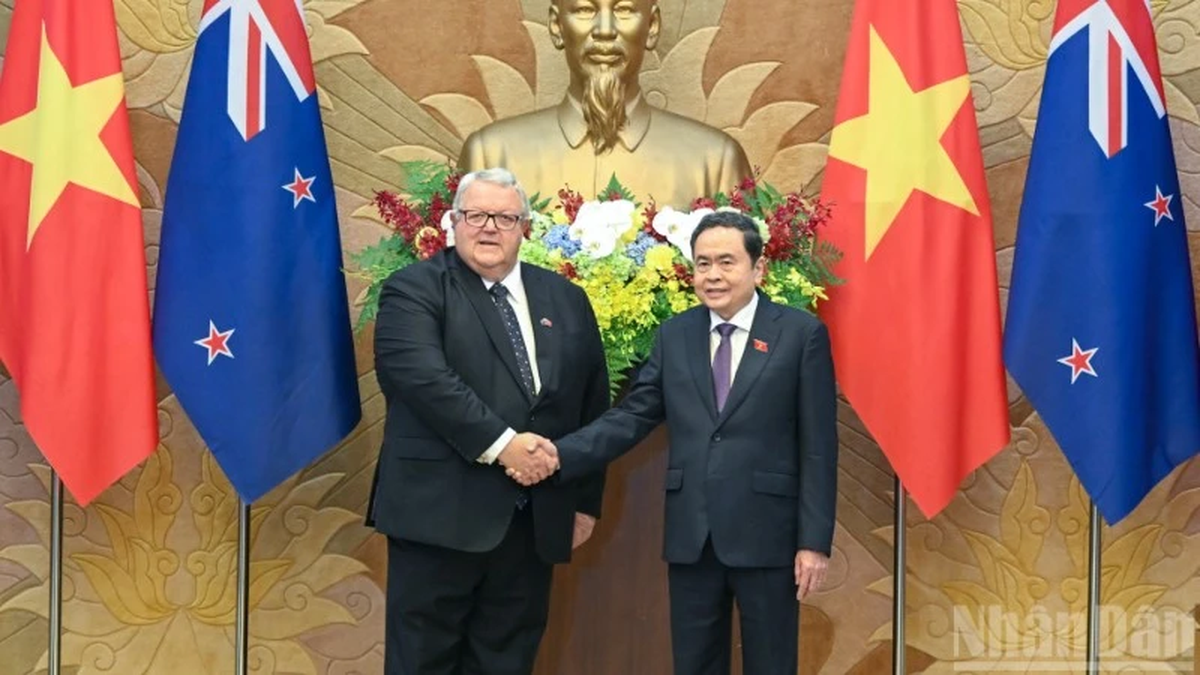
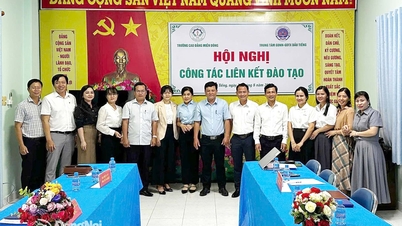




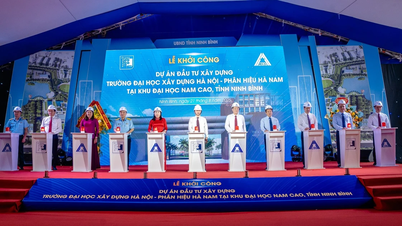
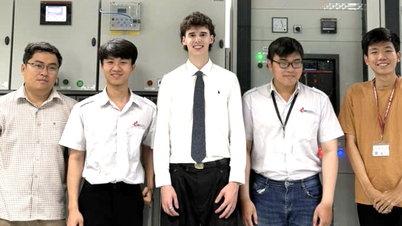

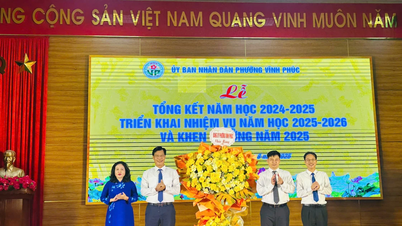
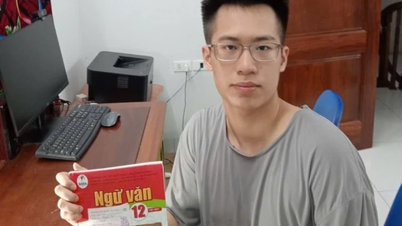


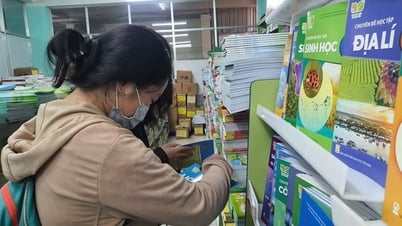
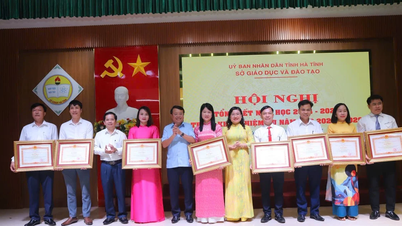




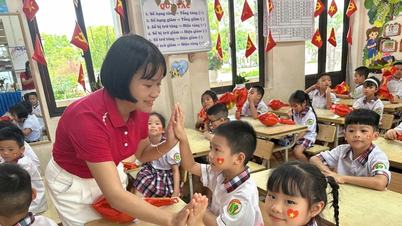



















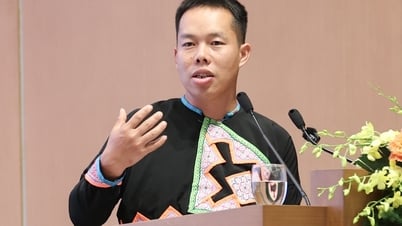

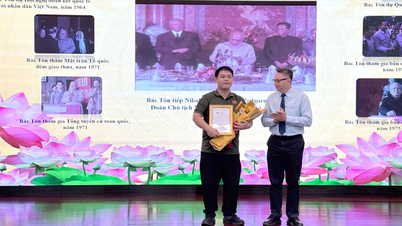

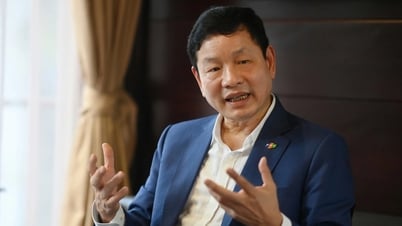





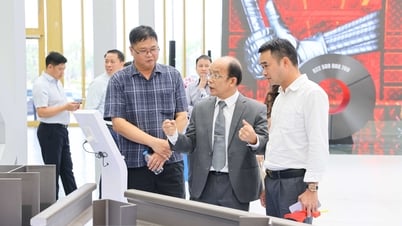


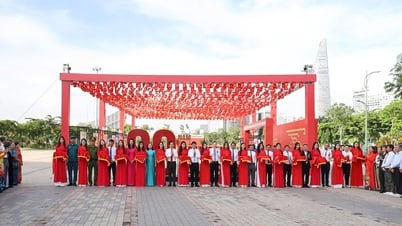
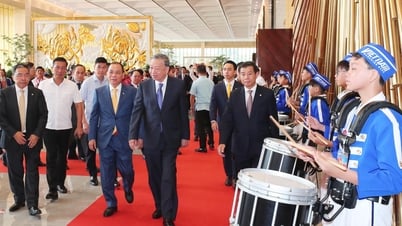














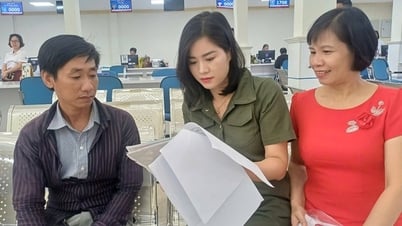
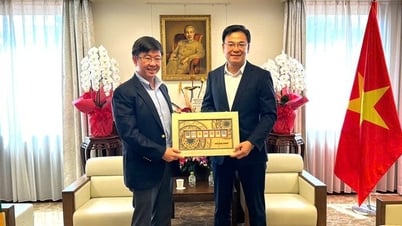
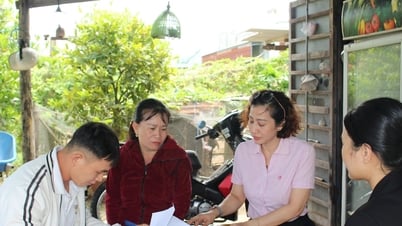


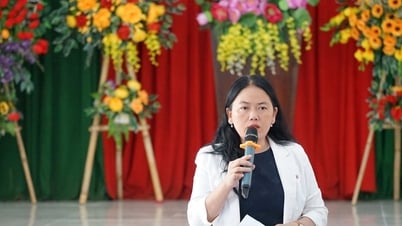








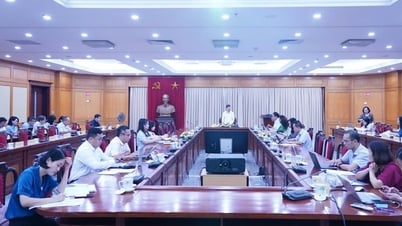
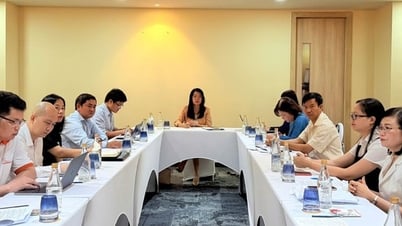
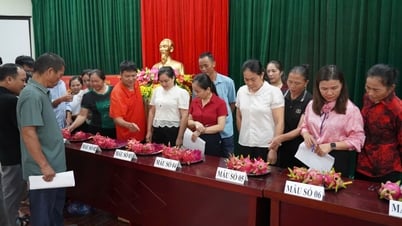








Comment (0)